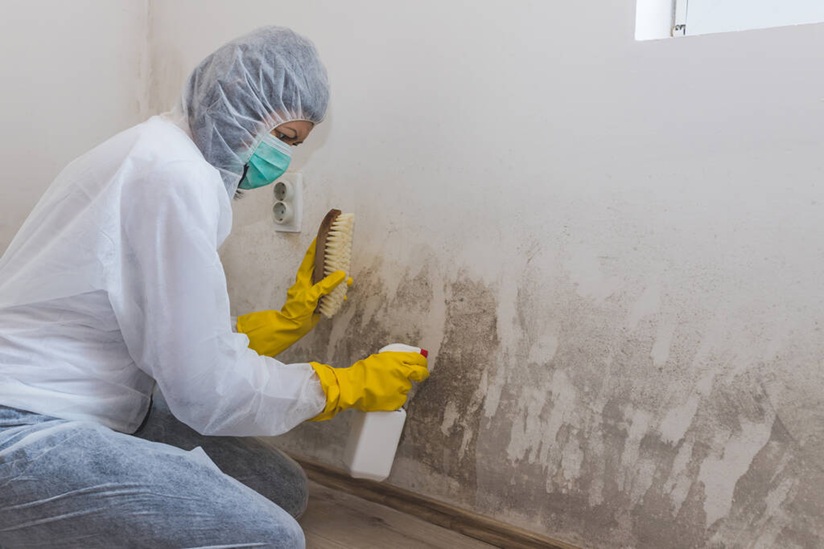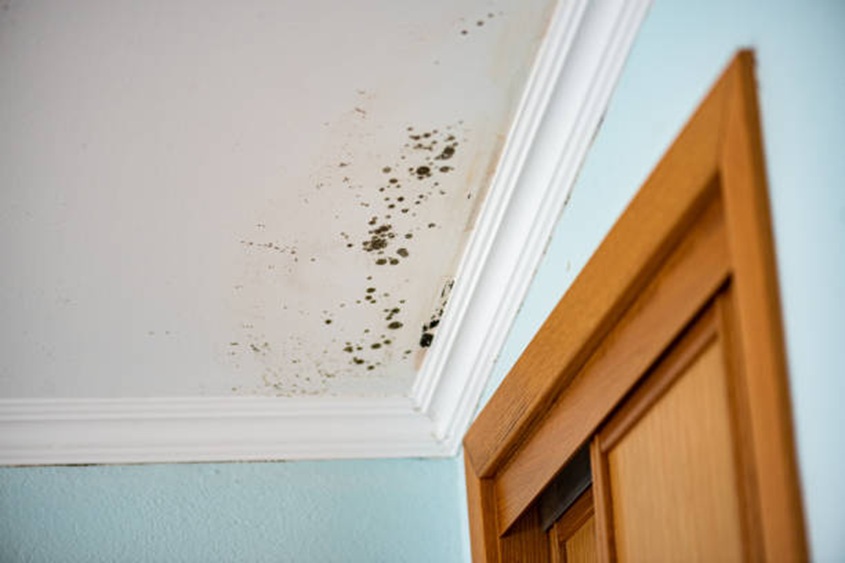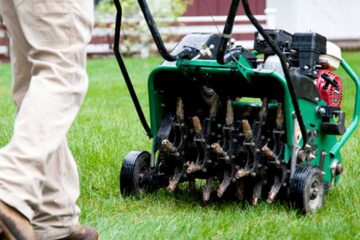5 Common Places Mold Grows in Brooklyn Homes

Brooklyn homes, with their blend of historic charm and modern design, are cherished by their residents. However, one unwelcome guest that can invade these spaces is mold. Mold thrives in damp, warm environments and can spread quickly if not addressed. In Brooklyn, where the climate can range from humid summers to wet winters, certain areas in homes are particularly susceptible to mold growth.
Understanding where mold commonly appears can help homeowners take proactive steps to prevent and address it. Here are five common places mold grows in Brooklyn homes and tips to keep it at bay.
1. Basements
Mold develops best where there is usual and potential dampness and basements possess these two factors. Older houses with basements are quite common in neighborhoods like those found in Brooklyn where the cellars could be poorly aired and might not have desirable waterproofing systems in place. Any type of water seepage, poor plumbing or handling your home’s humidity levels can lead to mold formation. Visit this site for more information.
Prevention Tips:
- Purchase an air dehumidifier so that moisture from the enclosed spaces can be eliminated or at least its level be reduced.
- Seal over foundation cracks and leaks common in most building structures.
- Ventilation can be particularly problematic in this type of structure; therefore, fans or vents must be installed.
- One should check for water damage or have a sign of pooling water from time to time.
2. Bathrooms
Bathrooms are among the most susceptible rooms to mold because the moisture produced by showers, baths, and sinks remains high. Too much accumulation of steam and condensation happens in areas with poor air circulation, for instance, on tiles, grout, ceilings, and under the sink.
Prevention Tips:
- If showers have been taken, then open an exhaust fan or windows to let the damp air out.
- Clear off spatter and other debris, wash both tiles and shower walls where necessary.
- Mold can grow on floor grouting which makes it more advisable to use a mold resistant floor cleaner to clean the grout lines.
- Address any dripping faucet or pipes or showers at once.
3. Kitchens
Mold may easily find its way into kitchen because of water use most often and food debris. They can be stored under sinks, behind the refrigerator, around windows, and near any dishwashers. Unattended spills or leaks can also lead to mold formation… If not cleaned early, it will attract the mold.
Prevention Tips:
- Regularly check for leaks under sinks and around appliances.
- Keep kitchen surfaces dry and clean spills immediately.
- Ensure the refrigerator and dishwasher seals are intact.
- Use a fan or open windows when cooking to improve ventilation.
4. Attics
Another place in Brooklyn homes where mold is frequently found is in the attic, and also where there is inadequate air circulation or insulation. Water intrusion from roofs and walls also, floor slab and wall panels experience thermal movement which allows convection or vapor migration and mold thrives in damp environments. Read this for reference.
Prevention Tips:
- Check for roof leaks and repair them immediately.
- Ensure proper attic ventilation with vents or fans.
- Install insulation to prevent condensation buildup.
- Inspect for signs of mold regularly, especially after heavy rain.
- Windows and Window Frames
Windows and window frames are susceptible to mold growth, particularly during Brooklyn’s humid summers and wet winters. Condensation often forms on windows, creating damp areas around the frames or sills. Mold can also grow if water leaks in through poorly sealed windows.
Prevention Tips:
- Wipe away condensation from windows daily.
- Reseal or caulk windows to prevent water leaks.
- Use mold-resistant paint around window frames.
- Keep curtains or blinds clean and dry to avoid moisture buildup.
Why Mold is a Serious Issue
Mold is more than just an unsightly nuisance; it can have serious implications for your health and property. Exposure to mold can cause respiratory issues, allergies, and skin irritation, particularly for those with asthma or compromised immune systems. Moreover, if left untreated, mold can cause structural damage to your home, leading to costly repairs.

How to Address Mold Growth
If you discover mold in your home, it’s crucial to act quickly. Here’s what you can do:
- Small Areas: Clean small mold spots with a mixture of water and detergent or a specialized mold cleaner. Wear gloves and a mask to protect yourself.
- Larger Infestations: For larger areas or recurring mold issues, consult a professional mold remediation service in Brooklyn. Experts like Strictly Cleaning Restoration can identify the source of the problem and ensure thorough removal.
- Prevent Recurrence: Address underlying causes, such as leaks or poor ventilation, to prevent mold from returning.
Conclusion
Mold growth in Brooklyn homes is a common issue, but with vigilance and proper maintenance, it can be managed effectively. By paying attention to high-risk areas like basements, bathrooms, kitchens, attics, and windows, homeowners can minimize the risk of mold and create a healthier living environment.
Regular inspections, proper ventilation, and prompt action are key to keeping mold at bay. If you suspect a severe mold problem, don’t hesitate to seek professional assistance to protect both your home and your health.











